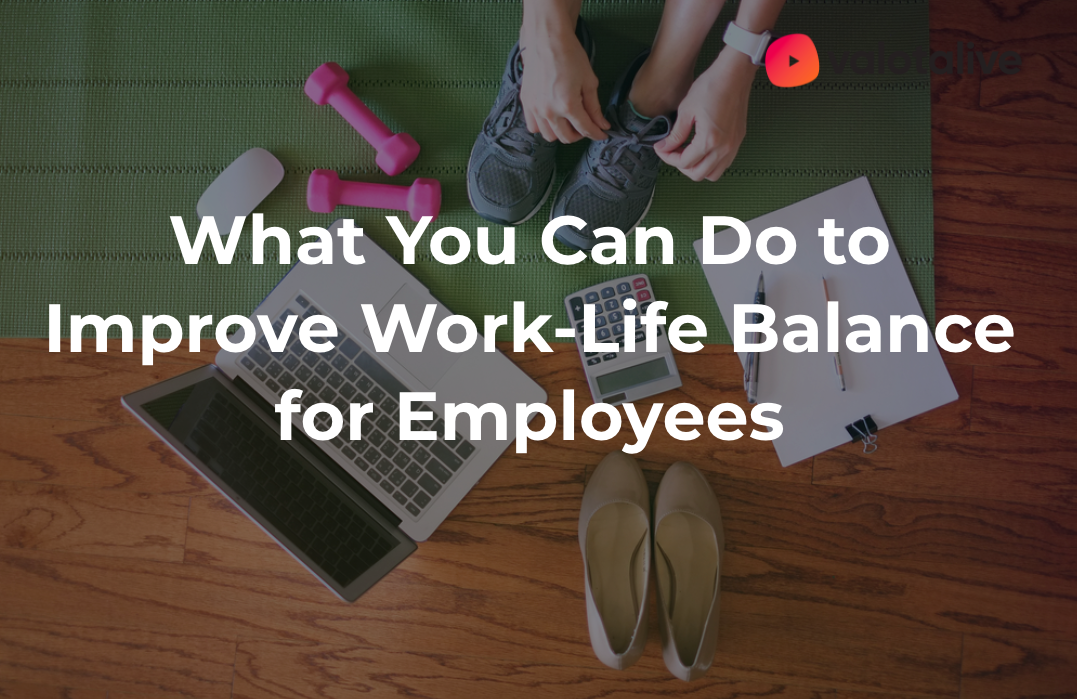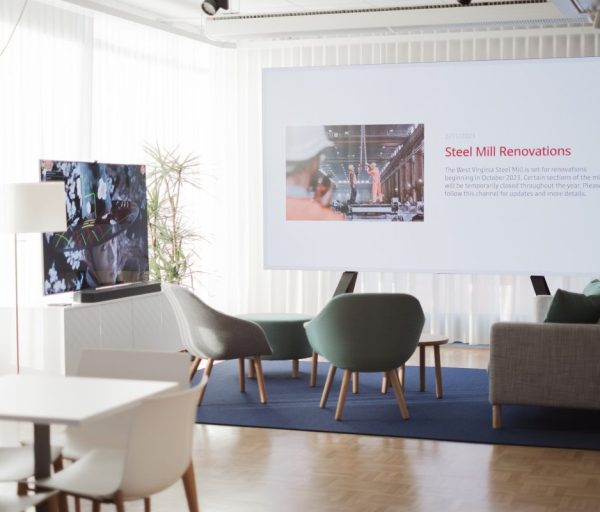Today’s startup culture has improved work-life balance for employees in many ways but it’s also created new challenges.
Catered dinners, comfy couches, and pool tables can improve life at work. However, they also encourage some employers to blur the important line between work and worker life.
Growing WFH (working from home) teams pose another threat to appropriate work-life balance. Without set schedules and boundaries, workers might find themselves “available” for work 24/7.
Work-life balance strategies aren’t only important for employee health. They also improve overall productivity and company growth.
Why is Appropriate Work-Life Balance for Employees So Important?
Work-life balance is critical for personal health and company operations.
83% of workers say they experience stress from work-related issues. Chronic stress has dangerous health consequences like ulcers, heart disease, stroke, and other conditions. It’s no surprise that people working 55 hours a week or more have a 33% higher risk of stroke than those working 35-40 hours.
As the line blurs between work and life with WFH culture, more workers say they’re plain sick of working.
Monster found that since the pandemic, almost 70% of workers feel burned out – up from 20% in early May. Meanwhile, almost half of WFH employees have no plans to take time off work.
Worker burnout is serious and also costly.
People aren’t productivity machines. After a certain threshold, productivity drops.
Research has found that employees who report better work-life balance and happiness at work are more productive. Many companies have even started experimenting with four-day workweeks to help employees devote more time to themselves – and the results are promising!
Work-Life Balance Tips and Ideas for Employees
Whether at the office or working from home, you can use digital signage and special tools to promote work-life balance for employees.
- Create rules that prevent employees from contacting each other outside work for work-related activities.
- Use transparent leadership – Tell Employees what’s happening in our company right now – use data visualization and communication tools
- Use digital screens to remind workers about their breaks.
- Make it possible for employees to mute notifications and set “do not disturb” on
- Broadcast messages encouraging workers to take extra time off and unplug.
- Display tips and strategies to help workers lead fulfilling lives outside work – such as ideas for hobbies and fun skills, local events unrelated to work, date ideas, vacation destinations, etc.
- Develop a company culture that sets clear boundaries between work and life.
- Fun means profit – arrange informal get-togethers, i.e use live Kahoot quizzes to give a needed break
- Provide the resources for workers to enjoy life outside of work without the need to work overtime, like PTO and childcare. Use digital signage to ensure every worker knows how to take advantage of their resources.
Work Isn’t Everything – Work-Life Balance for Employees is Key
Today, many workers feel downright guilty when they aren’t keeping busy. Productivity is the gold standard. Even in our time off, we’re encouraged to create “side hustles.”
But the reality is, life is about more than production. People need time to relax, explore, and do absolutely nothing. Not only is it the right thing to do health-wise, but it’s also better for business.
Additional content you might be interested in:
Digital Signage in Manufacturing



